Research
Why Sleep Studies Should Be Polysomnography and Not Just an Oximeter
Sleep disorders, such as obstructive sleep apnea (OSA), are common conditions that can significantly affect overall health and quality of life. Diagnosing these disorders accurately is crucial for effective treatment and management. While various diagnostic tools are available, polysomnography (PSG) is considered the gold standard. Some people might wonder if a simpler device like an oximeter can suffice for a sleep study. This article explores why sleep studies should be polysomnographs and not just oximeters.
What is Polysomnography?
Polysomnography (PSG) is a comprehensive sleep study that monitors multiple physiological parameters while a person sleeps. It tracks various data points, including:
- Brain activity (EEG): To assess the different stages of sleep.
- Eye movements (EOG): To track rapid eye movement (REM) sleep stages.
- Muscle activity (EMG): To detect muscle tone and movements.
- Heart rate and rhythm (ECG): To monitor cardiovascular health during sleep.
- Respiratory effort and airflow: To measure breathing patterns and detect apneas or hypopneas.
- Oxygen saturation levels: To determine how well oxygen is circulating in the blood.
- Body position: To understand how sleep position affects breathing.
Polysomnography provides a detailed analysis of a person’s sleep architecture, breathing patterns, and overall physiological state, offering a comprehensive view of sleep quality and disturbances.
What is an Oximeter?
An oximeter is a simple, non-invasive device that measures oxygen saturation (SpO2) levels in the blood and often tracks heart rate. While convenient and affordable, an oximeter provides only a limited view of what happens during sleep, specifically changes in oxygen levels and pulse rates. Though it can signal potential issues, it lacks the ability to detect the full range of factors contributing to sleep disorders.
Why Polysomnography is Superior to Oximetry for Sleep Studies
Here are the primary reasons why polysomnography is the preferred method for diagnosing sleep disorders compared to relying solely on oximetry:
1. Comprehensive Data Collection
- Detailed Sleep Staging: Polysomnography can distinguish between different stages of sleep, such as light sleep, deep sleep, and REM sleep. This detailed information is crucial for understanding sleep cycles and identifying disruptions caused by sleep disorders.
- Detection of Sleep Apneas and Hypopneas: PSG can accurately detect not only obstructive apneas (complete blockage of airflow) but also hypopneas (partial blockage). Oximeters may miss these events entirely, especially if they do not cause a significant drop in oxygen levels.
2. Identification of Non-Respiratory Sleep Disorders
- Movement Disorders: PSG can identify disorders like restless leg syndrome (RLS) or periodic limb movement disorder (PLMD), which an oximeter cannot detect.
- Neurological Data: The ability to monitor brain wave activity allows polysomnography to identify neurological issues like narcolepsy or parasomnias (such as sleepwalking or night terrors), which are invisible to an oximeter.
3. Accurate Measurement of Respiratory Events
- Differentiation Between Central and Obstructive Sleep Apnea: Polysomnography can distinguish between obstructive sleep apnea (where the airway is physically blocked) and central sleep apnea (where the brain fails to send the correct signals to the muscles controlling breathing). An oximeter cannot make this distinction, which is critical for determining the appropriate treatment.
- Quantifying Event Severity: PSG allows clinicians to measure the severity and frequency of respiratory disturbances precisely, including hypopneas that might not cause noticeable desaturation on an oximeter.
4. Heart and Cardiovascular Monitoring
- Heart Rate and Rhythm Analysis: Polysomnography includes electrocardiogram (ECG) monitoring, which can detect arrhythmias or other cardiovascular issues during sleep that may go unnoticed by an oximeter.
- Response to Respiratory Events: By evaluating heart rate in relation to breathing events, PSG provides insight into how the body’s cardiovascular system responds to episodes of low oxygen, aiding in risk assessment for conditions like heart disease.
5. Detection of Other Health Risks
- Assessment of Hypoventilation: Polysomnography can measure the effort of breathing and airflow, detecting reduced ventilation (hypoventilation) that an oximeter would not catch. Hypoventilation is often seen in conditions like obesity hypoventilation syndrome (OHS).
- Positional Analysis: Knowing how body position affects breathing and sleep quality is valuable for creating personalized treatment strategies, something only polysomnography can offer.
Limitations of Oximetry in Sleep Studies
While oximetry has its uses, especially as a screening tool or for home monitoring in diagnosed cases, it has several limitations that make it insufficient for comprehensive sleep analysis:
- Inability to Differentiate Between Sleep Stages: An oximeter provides no information on whether the patient is in light, deep, or REM sleep, which is crucial for diagnosing and understanding sleep disorders.
- Lack of Data on Neurological and Muscle Activity: Without EEG and EMG readings, an oximeter cannot detect arousals, movement disorders, or other neurological issues affecting sleep.
- False Negatives: Oximetry might not detect mild or moderate forms of sleep apnea if there is no significant drop in blood oxygen levels, leading to false negatives and missed diagnoses.
Situations Where Oximetry Might Be Useful
Although oximetry is not a substitute for polysomnography, it can be useful in specific situations:
- Initial Screening Tool: Oximeters can help identify individuals at risk of sleep apnea who should undergo a full sleep study.
- Monitoring Known Cases: For patients already diagnosed with sleep apnea, an oximeter can be used to monitor oxygen levels at home to check the effectiveness of CPAP therapy or other treatments.
Conclusion
While oximetry offers a convenient and cost-effective way to gather some basic information about sleep-related breathing problems, it cannot replace the depth and accuracy of polysomnography. Polysomnography’s ability to capture a comprehensive range of data—from sleep stages and brain activity to respiratory effort and cardiovascular response—makes it the most reliable diagnostic tool for sleep disorders. For accurate diagnosis and effective treatment of sleep disorders, polysomnography remains the gold standard, offering insights that go far beyond what an oximeter can provide.



